
Child-Centered Digital Environments To Support Rights, Agency, and Well-Being
Over the last year, I had the honor of being a part of an international working group hosted by the TUM Think Tank at the Technical University of Munich along with my colleagues from the Berkman Klein Center for Internet & Society at Harvard University and the Department of Communications and Media Research at the […]
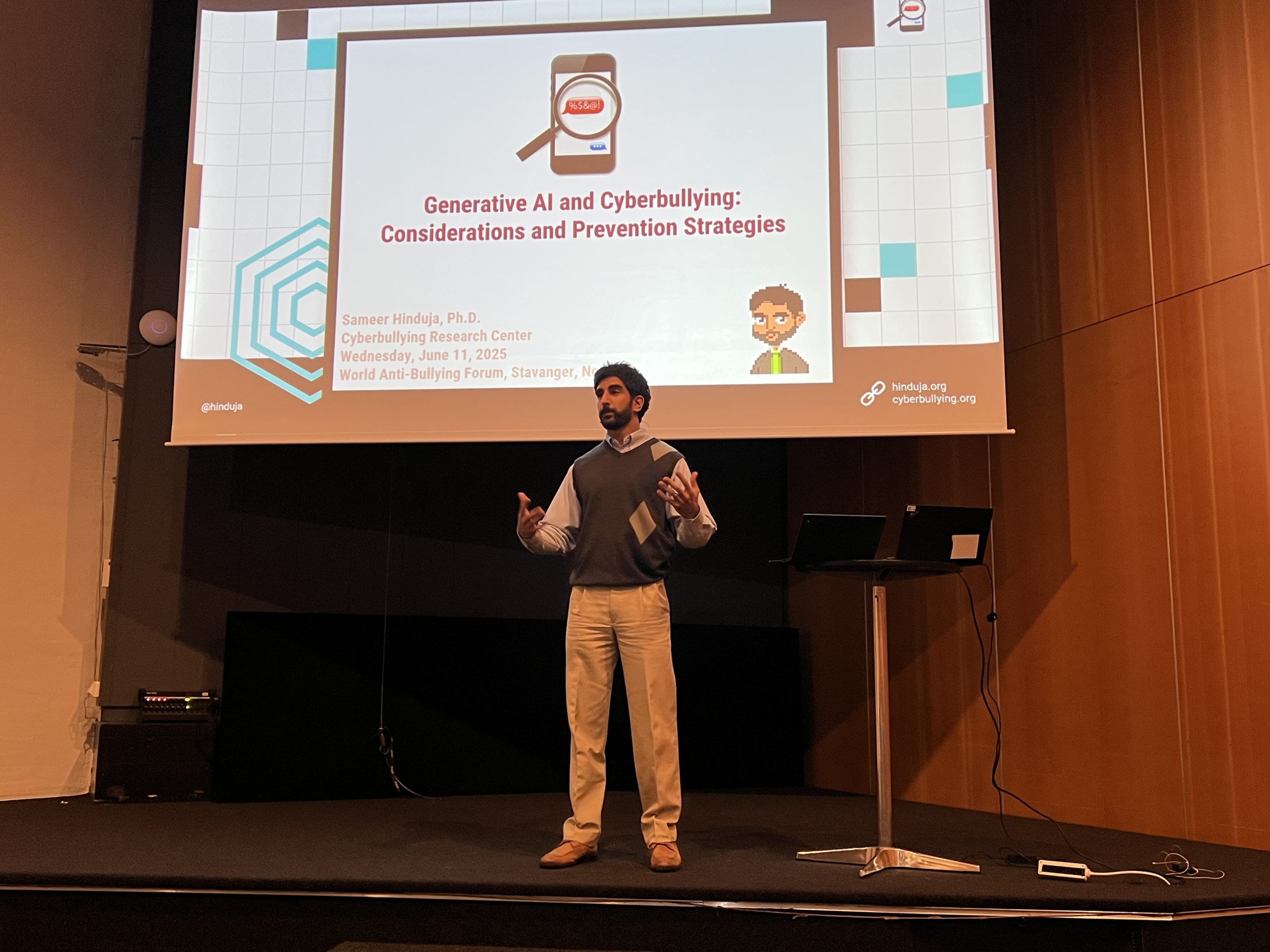
2025 World Anti-Bullying Forum in Norway
I just wrapped up participating in the 2025 World Anti-Bullying Forum (WABF) in Stavanger, Norway, and it was…epic. I do not use that word lightly. The WABF has always been special to me, as I get to spend time with other passionate scholars and practitioners who have come together to tackle bullying in all its […]

Online Aggression and PTSD Symptoms: New Findings on Traumatic Outcomes
A couple of years ago, I explored the concerning link between bullying and trauma, and summarized the existing research that showed how repeated harassment involving peers at school should be considered an Adverse Childhood Experience that has the potential for long-term traumatic impacts on healthy youth development. At the time, I suggested that cyberbullying – […]

What is Cyberbullying?
“What is Cyberbullying?” is one of the most frequent questions we are asked because many know what it is when it happens, but have trouble wrapping succinct descriptive words around it. Formally, we define it as “willful and repeated harm inflicted through the use of computers, cell phones, and other electronic devices” (from Bullying Beyond […]

Our Cyberbullying Scale: Two Decades of Measuring Online Aggression
When Sameer and I first became interested in studying cyberbullying back in 2001, we began our inquiry by simply speaking with folks. We talked with parents and teens, but also with teachers and other school staff, as well as law enforcement officers and anyone else who worked with young people. We wanted to know more […]
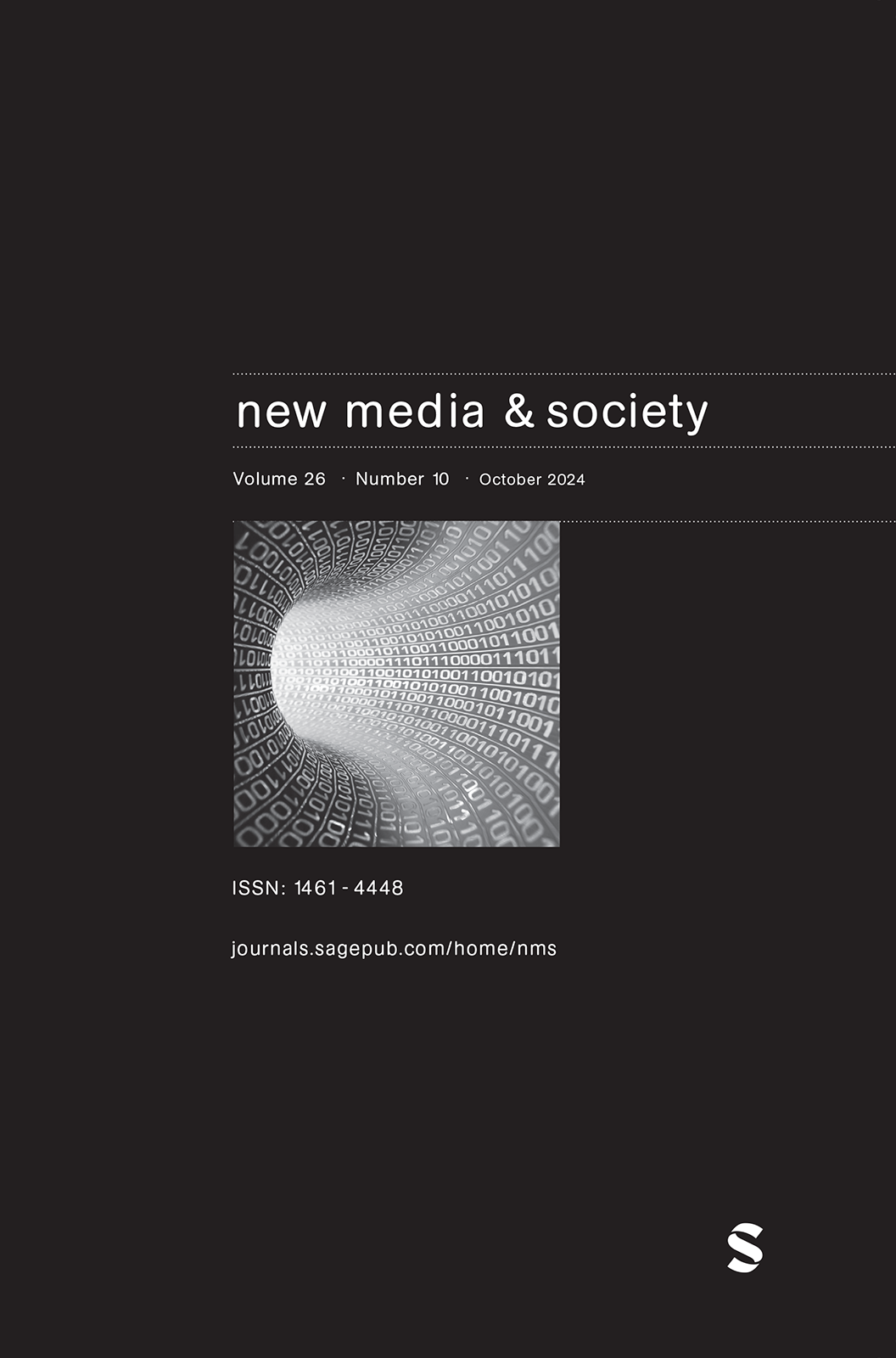
Metaverse Risks and Harms Among US youth: Experiences, Gender Differences, and Prevention and Response Measures
Research indicates that participation in metaverse environments and with virtual reality(VR) is increasing among younger populations, and that youth may be the primarydrivers of widespread adoption of these technologies. This will more readily happenif their experiences are safe, secure, and positive. We analyze data from a nationallyrepresentative sample of 5005, 13- to 17-year-olds in the […]
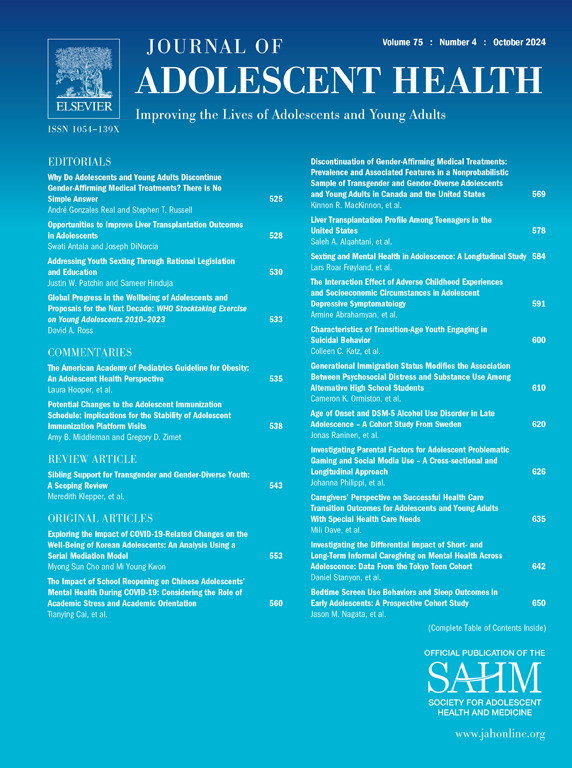
Addressing Youth Sexting Through Rational Legislation and Education
Sexting is defined as “the sending or receiving of sexually explicit or sexually suggestive images or videos,” usually via mobile devices. Our research indicates that at least 14% of US middle and high school students report that they have sent explicit images to others, while about 23% have received these kinds of images from their […]
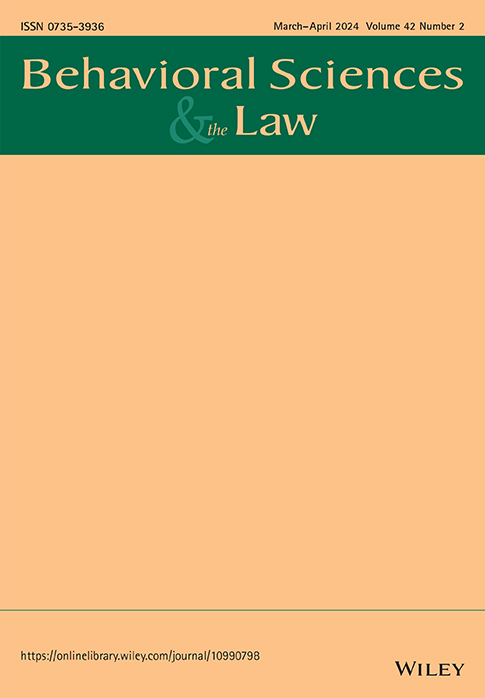
The Nature and Extent of Youth Sextortion: Legal Implications and Directions for Future Research
Sextortion, the threatened dissemination of explicit, intimate, or embarrassing images of a sexual nature without consent, is an understudied problem. Despite a recent increase in reported incidents among adolescents in the United States, little is known about the nature and extent of sextortion among this population. The current research explores sextortion behaviors among a national […]
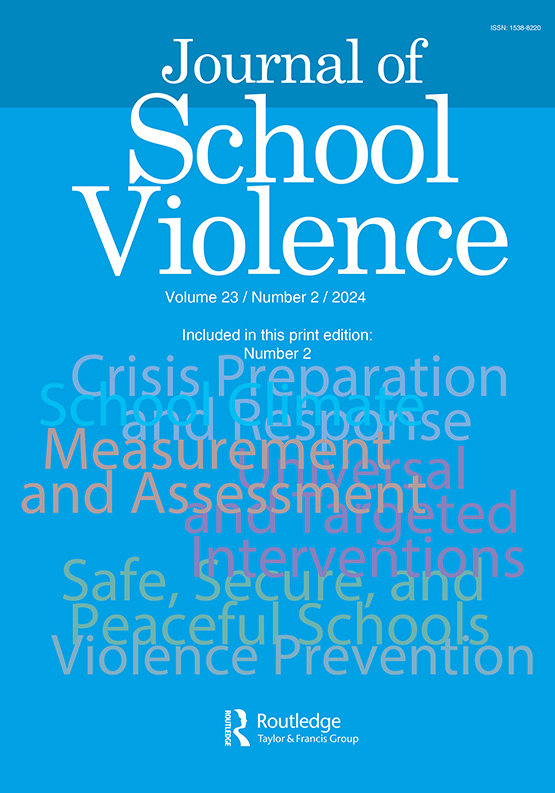
Adolescent Digital Self-Harm Over Time: Prevalence and Perspectives
Digital self-harm, the anonymous online posting, sending, or otherwise sharing of hurtful content about oneself, has not received the same amount of scholarly scrutiny as other forms of self-directed abuse. In the current paper, we analyze three independent national surveys of U.S. teens (aged 13–17, M = 14.96) in repeat cross-sectional studies conducted in 2016 […]
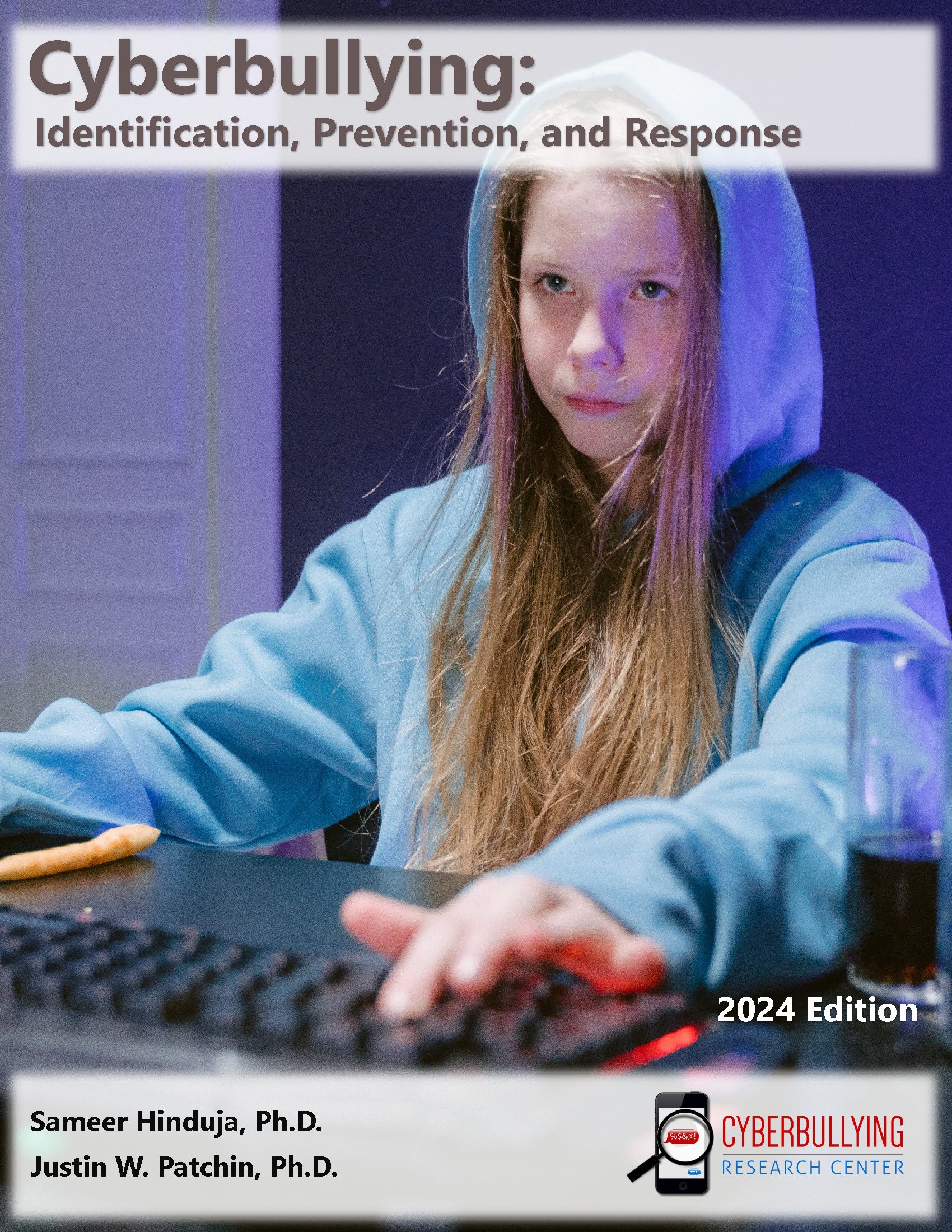
Cyberbullying Fact Sheet: Identification, Prevention, and Response
UPDATED for 2024! This detailed guide is a nine-page summary – filled with as much useful information as possible – to equip educators, parents, and other youth-serving adults to spot cyberbullying, respond to it appropriately and meaningfully, and to prevent its future occurrence among those they care for. If you only have time to read […]

